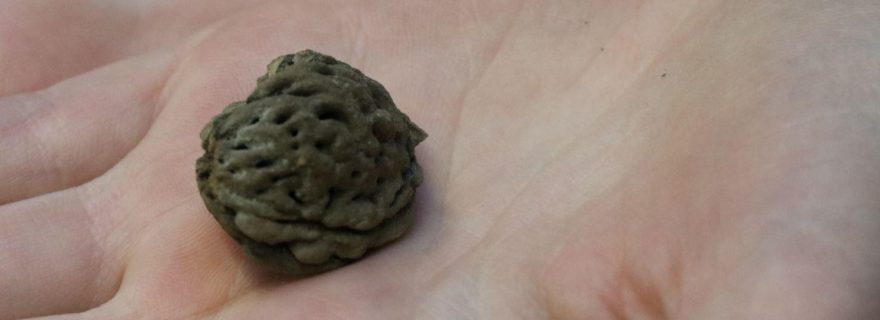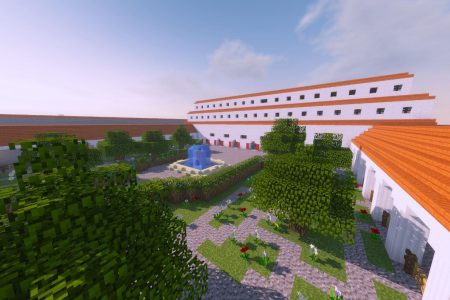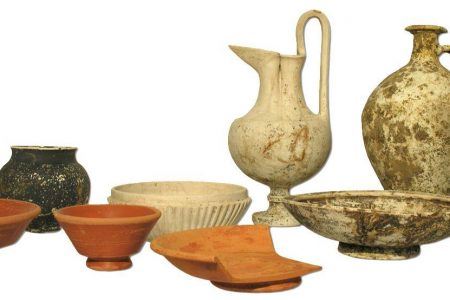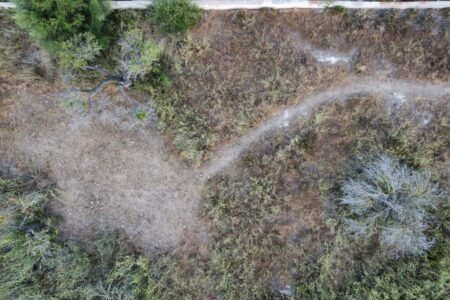The soldier, the peach, and the well
A group of bachelor's students have identified the oldest peach and olive stones ever found in the Netherlands.
Velsen revisited
In a rather atypical research project, Mark Driessen of the Faculty of Archaeology is heading a group of five bachelor students. Atypical, because the excavation was already done in 1977 by the Netherlands Association of Amateur Archeologists (AWN) in a site called Velsen I (North Holland).
The old excavation yielded a series of wells/pits enclosed in and just outside a Roman fortress. Several of those wells contained human remains and were initially dated between 25 CE and 30 CE, corresponding historically to the Frisian rebellion of 27 CE. Which is why it was assumed the bodies dated from this period and conflict. One of those skeletons was particularly interesting and was the main focus of almost all of the previous investigations: the presumably murdered body of a clothed legionnaire was found at the bottom of the well with a dagger by his side.

Cold case
Not only focusing on the murdered soldier, the team of Mark Driessen tries to understand the event and the context that led to the death of this tall man (he was over 1,90 meters tall) by re-examining the materials from the 1977 excavation, which are stored at the National Museum of Antiquities in Leiden.
After reconstructing the stratigraphy of the excavation by use of an inventory, the team tries to piece together everything, examining the ground samples, and studying all the objects that have been found.
Better understanding
The project started mid-January 2020, but now, just a couple of weeks later, already gave the team some interesting results. For example, they discovered index ceramics that can possibly lead to a new date and also parts of what was presumably building material for ships, previously unnoticed. Most striking is that they successfully identified the remains of, possibly, the oldest peach and olive stones ever found in the Netherlands.
After the analysis of the ceramics and other findings, the next step will be to recompose the body of the legionnaire and the other human remains found in Velsen I and studying them – after a visit of the initial excavator Frans Diederiks - in order to gain new insights that can help better understand the history of the Roman occupation of this part of the Netherlands.











1 Comment
[url=https://chimmed.ru/manufactors/catalog?name=Biooptica]Biooptica[/url]
Tegs: Biomerieux https://chimmed.ru/manufactors/catalog?name=Biomerieux
[u]2 Аминобензотиазол 97 процентов купить онлайн Интернет магазин ХИММЕД[/u]
[i]2 Аминобензотиазол 97 процентов купить онлайн Интернет магазин ХИММЕД[/i]
[b]2 Аминобензонитрил 98 процентов купить онлайн Интернет магазин ХИММЕД[/b]